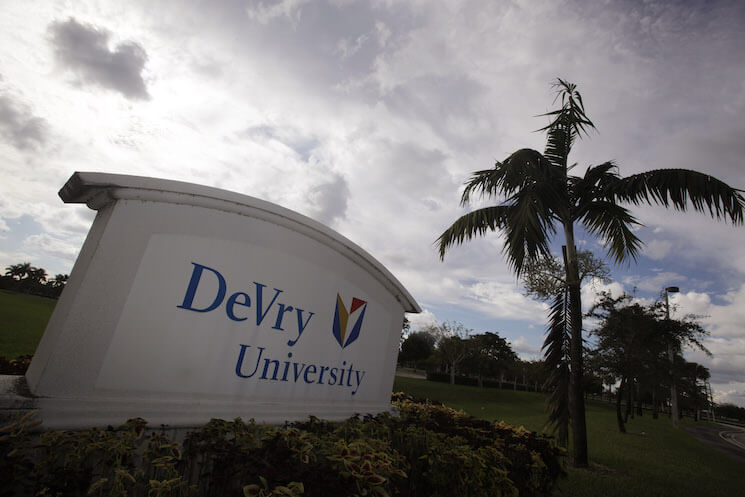The problematic returns of for-profit colleges

The rise of student debt in the United States—now amounting to more than $1.2 trillion—is generally thought to weigh on the future prospects of graduates of traditional four-year colleges and universities. But research shows that the vast majority of student borrowers carrying heavy debt burdens are non-traditional college students. Default rates and debt burdens are rising among students at for-profit colleges. Students at more traditional colleges and universities aren’t defaulting as frequently because their earnings generally can support debt payments, but that doesn’t seem to be the case for students at for-profit schools.
Why? Because these non-traditional students don’t get that much of an earnings bump after attending non-profit schools, according to a recently released National Bureau of Economic Research working paper by economists Stephanie Riegg Cellini at George Washington University and Nicholas Turner at the U.S. Department of the Treasury. They examined the impact of for-profit colleges when it comes to earnings and employment, relying on a particularly appealing data set—administrative data from the U.S. Department of Education and the U.S. Internal Revenue Service. These data sets let the two economists look at the entire population of students who left a for-profit school between 2006 and 2008 and have data on the labor market status of those students from 1999 to 2014. Importantly, these data enable them to examine students’ stints at a for-profit school and their earnings before and after attendance.
The results are not great for the for-profit college students. The return on attending one of these schools is actually negative. In the five to six years after attending one of these schools, the average associate and bachelor’s degree student actually sees a decline in their earnings compared to what they made before they attended. The majority of this decline is due to the students who don’t complete the degree that they entered. Those who don’t finish school earn less and are less likely to be employed while having to service the debt they took on to attend the program.
But what about the graduates of these programs? They experience slightly positive returns on completing these degrees. Yet compared to other post-secondary school options, the gains from for-profit colleges are weak. In the paper, Cellini and Turner compare outcomes of students who get certificates from for-profit schools and students who get certificates from similar programs at public community colleges. Despite the higher cost of for-profit programs, the economists find that the earnings bump is lower for graduates of for-profit schools. This backs up other research showing a lower earnings return for students who went to for-profit schools. Perhaps policymakers should be thinking of ways of pushing students away from for-profits and toward well-funded public community colleges.
